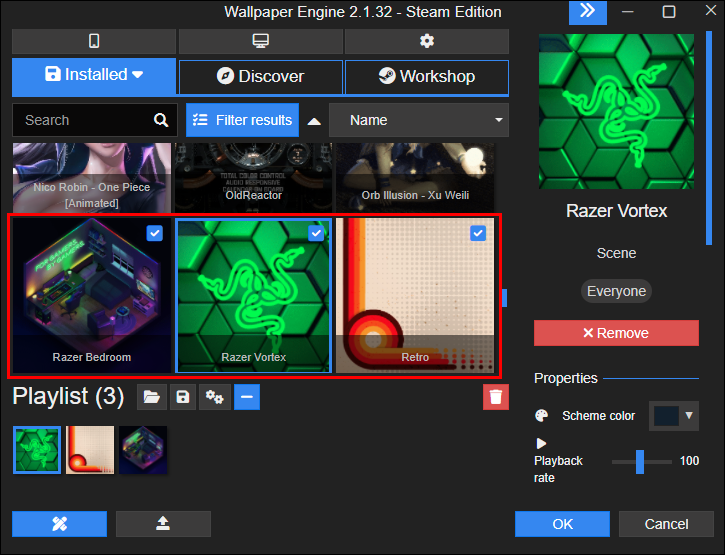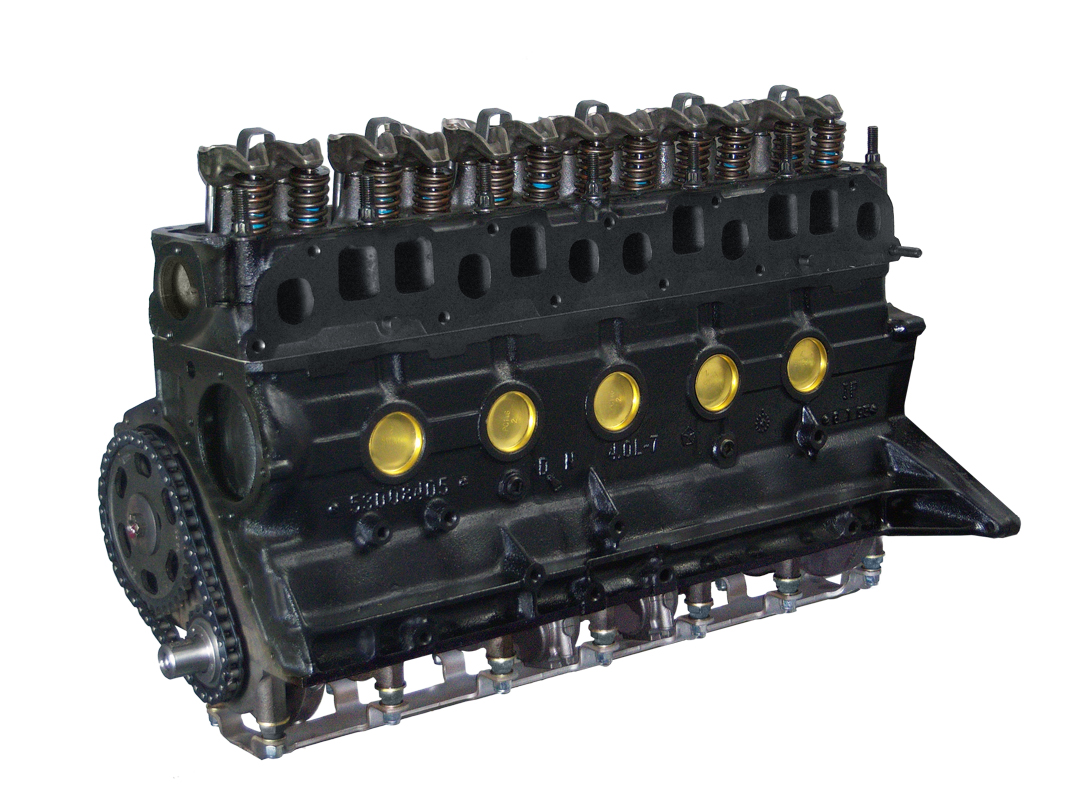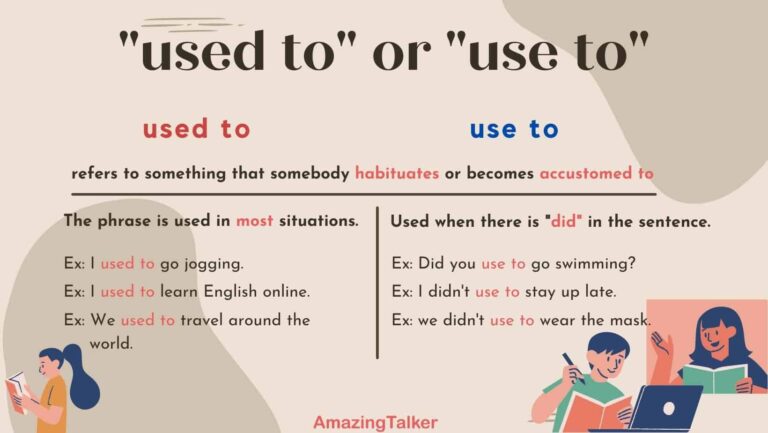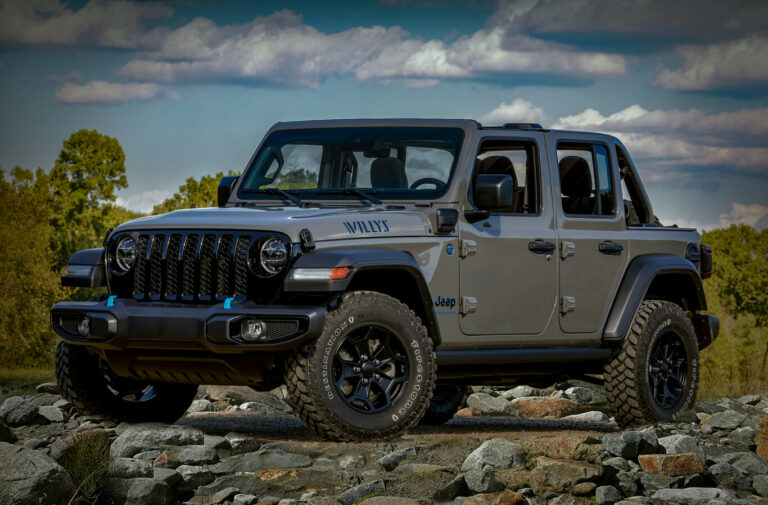Jeep 4.0 Engine For Sale: Your Ultimate Buying Guide
Jeep 4.0 Engine For Sale: Your Ultimate Buying Guide /jeeps.truckstrend.com
The Jeep 4.0L inline-six engine stands as a titan in the automotive world, revered for its legendary reliability, straightforward design, and impressive torque. Powering countless XJ Cherokees, YJ and TJ Wranglers, and ZJ Grand Cherokees from the late 1980s through the early 2000s, this engine became synonymous with durability and off-road prowess. For many Jeep enthusiasts, it’s not just an engine; it’s the heart of their beloved vehicle, a testament to a simpler era of robust engineering.
Today, as these iconic Jeeps continue to navigate trails and highways, the demand for replacement or upgrade 4.0L engines remains consistently high. Whether you’re looking to revive a classic, embark on an engine swap, or simply need a reliable replacement for a tired powerplant, navigating the market for a "Jeep 4.0 Engine For Sale" requires knowledge and careful consideration. This comprehensive guide will walk you through everything you need to know to make an informed and successful purchase.
Jeep 4.0 Engine For Sale: Your Ultimate Buying Guide
The Enduring Legacy of the Jeep 4.0L Engine
First introduced in 1987, the 4.0-liter (242 cubic inch) AMC inline-six engine quickly earned a reputation for being virtually indestructible. Its cast-iron block, seven-main-bearing crankshaft, and relatively low-stressed design contributed to its longevity. Unlike more complex modern engines, the 4.0L was easy to work on, forgiving of neglect, and produced ample low-end torque perfect for off-road articulation and daily driving alike.
Over its production run, the 4.0L saw minor refinements, notably the transition from the Renix fuel injection system (1987-1990) to the Chrysler-designed High Output (HO) system (1991-2006). The HO version offered a slight bump in horsepower (from 177 hp to 190 hp) and improved drivability, but both variants shared the same core bulletproof architecture. This enduring legacy is precisely why so many owners choose to replace or rebuild rather than scrap their cherished Jeeps.
Why Buy a Used or Remanufactured Jeep 4.0L Engine?
The decision to purchase a 4.0L engine for sale typically stems from several common scenarios:
- Engine Failure: The most obvious reason is a catastrophic failure of your existing engine (e.g., thrown rod, cracked block, severe overheating damage).
- Restoration Projects: Bringing a classic XJ Cherokee or TJ Wrangler back to life often involves replacing a high-mileage or poorly maintained engine.
- Performance Upgrade/Engine Swap: While less common for the 4.0L itself, some enthusiasts might swap a better condition 4.0L into an older Jeep that had a smaller engine (like a 2.5L) or replace a very tired original.
- Cost-Effectiveness: For many, investing in a replacement engine is significantly more affordable than buying a new vehicle, especially when the rest of the Jeep is in good condition.
- Maintaining Originality: Keeping a classic Jeep with its original engine type (or a direct replacement) preserves its character and value.

Types of Jeep 4.0L Engines Available for Sale

When searching for a "Jeep 4.0 Engine For Sale," you’ll primarily encounter two main categories:
1. Used/Salvage Engines
These are engines pulled from donor vehicles, often from junkyards or wrecked Jeeps.
- Pros: Generally the most affordable option. You might find a low-mileage gem if you’re lucky.
- Cons: Unknown history is the biggest risk. You don’t know how the engine was maintained, if it was abused, or why the donor vehicle was junked. They often come "as-is" with no warranty.
- What to Look For:
- Visual Inspection: Check for obvious leaks, cracks, or signs of severe impact.
- Oil Condition: Pull the dipstick. Black, sludgy oil indicates poor maintenance. Milky oil suggests coolant contamination.
- Coolant Condition: Check the radiator or overflow tank for rust, sludge, or oil.
- Compression Test: If possible, perform a compression test on all cylinders. This is the best indicator of internal health. Readings should be consistent across all cylinders (within 10-15%).
- Crankshaft Play: Check for excessive play in the crankshaft pulley.
- Accessories: Confirm what accessories (alternator, power steering pump, AC compressor, intake manifold, exhaust manifold) are included.

2. Remanufactured/Rebuilt Engines
These engines have been professionally disassembled, inspected, cleaned, and reassembled with new or reconditioned parts to meet or exceed original specifications.
- Pros: Much higher reliability than used engines. Often come with a warranty (e.g., 1-year/12,000 miles or more). All wear items (bearings, piston rings, gaskets, seals) are new. Cylinder heads are typically reconditioned or replaced.
- Cons: Significantly more expensive than used engines.
- What "Remanufactured" Implies:
- Machining: Cylinder block decked, cylinders bored/honed, crankshaft ground.
- New Components: New pistons, rings, bearings, camshaft, lifters, timing chain, oil pump, valves, valve springs, guides, seals, and gaskets.
- Testing: Thorough testing before shipment to ensure proper operation.
- Variations: Some rebuilders offer "long block" (block, head, oil pan, valve cover) or "complete" (long block plus intake/exhaust manifolds, sensors, etc.) options.
Where to Find a Jeep 4.0L Engine for Sale
Finding the right engine requires knowing where to look:
- Online Marketplaces: eBay, Craigslist, Facebook Marketplace are common places for individuals and small businesses to list used engines. Be cautious and verify sellers.
- Specialized Jeep Parts Dealers: Companies like Quadratec, Morris 4×4 Center, and similar outfits often stock or can source remanufactured engines.
- Engine Remanufacturers Directly: Companies such as Fraser Engines, Jasper Engines & Transmissions, ATK Engines, or local engine rebuilders often sell directly to consumers and offer warranties.
- Salvage Yards/Junkyards: Local yards can be a treasure trove for used engines, but inspection is critical. Some yards offer limited warranties.
- Jeep Forums and Communities: Online forums (e.g., CherokeeForum.com, JeepForum.com) and local Jeep clubs can connect you with sellers or provide recommendations.
Key Considerations Before Buying
Before you commit to a purchase, keep these crucial factors in mind:
- Year and Compatibility:
- Renix (1987-1990) vs. HO (1991-2006): These systems have different sensor locations, wiring harnesses, and ECU requirements. While a Renix block can technically be fitted with an HO head and vice-versa, a direct swap requires an engine from the correct year range to match your vehicle’s existing electronics.
- Sensor Differences: Even within the HO era, there were minor sensor changes. Ensure the engine you buy has the correct provisions for your vehicle’s sensors or be prepared to swap them from your old engine.
- Accessory Mounting Points: Check that the accessory mounting points on the engine match your vehicle’s brackets (alternator, power steering, AC compressor).
- Condition and Inspection: As detailed above, for used engines, a thorough inspection (visual, oil, coolant, compression) is non-negotiable. For remanufactured, understand the scope of the rebuild.
- Warranty: Always inquire about the warranty. Remanufactured engines should come with one, usually 1-3 years. Used engines rarely do, or offer only a very limited "start-up" warranty.
- Shipping and Logistics: Engines are heavy! Factor in shipping costs, which can be substantial. Ensure the seller uses a reputable freight carrier and that the engine is properly crated to prevent damage. Consider local pickup if feasible.
- Required Accessories: Clarify what is included with the engine. Is it a bare long block, or does it come with intake/exhaust manifolds, throttle body, sensors, distributor, harmonic balancer, and flexplate/flywheel? Often, you’ll need to transfer these from your old engine or purchase them separately.
- Seller Reputation: Buy from reputable sellers with good reviews. Check online forums and review sites.
Tips for a Successful Purchase
- Ask Detailed Questions: Don’t be afraid to ask about mileage (if used), maintenance history, compression numbers, what’s included, and warranty specifics.
- Request Photos/Videos: For used engines, ask for multiple high-resolution photos or a video of the engine running (if still in the vehicle).
- Get Everything in Writing: Ensure all agreements, especially regarding warranty and included components, are documented.
- Budget for Ancillaries: Remember to budget for new gaskets, fluids (oil, coolant), spark plugs, wires, and potentially new hoses, belts, and a water pump. These are crucial for a successful swap and often add a few hundred dollars to the total cost.
- Consider Professional Installation: Unless you’re an experienced mechanic, consider having a reputable shop perform the installation. It’s a complex job.
Potential Challenges and Solutions
- Finding a Good Condition Used Engine: This can be a "needle in a haystack" situation. Solution: Be patient, expand your search radius, and prioritize a compression test.
- Shipping Damage: Engines are heavy and can be damaged in transit. Solution: Ensure proper crating, consider shipping insurance, and inspect upon arrival before signing off.
- Compatibility Issues: Mismatched years or sensor types. Solution: Thoroughly research your Jeep’s year and the engine’s year. Consult service manuals or online forums for specific differences.
- Hidden Problems (e.g., Cracked 0331 Head): The 2000-2001 4.0L engines are notorious for a susceptible 0331 casting cylinder head that can crack, leading to coolant loss and overheating. Solution: If buying a 2000-2001 engine, specifically ask if the head has been replaced with a TUPY casting (identified by a small "TUPY" stamp near cylinder #3 on the head) or an aftermarket equivalent. For remanufactured engines, reputable rebuilders will have addressed this.
Estimated Jeep 4.0 Engine For Sale Price Table
Prices can vary significantly based on condition, mileage, seller, location, and market demand. This table provides a general estimate:
| Engine Type | Condition/Inclusions | Estimated Price Range (USD) | Warranty | Notes |
|---|---|---|---|---|
| Used/Salvage Engine | High Mileage (150k+ miles), "As-Is" | $400 – $800 | None/Limited | High risk, best for parts or experienced rebuilders. |
| Used/Salvage Engine | Medium Mileage (80k-150k miles), "Tested Good" | $800 – $1,500 | 30-90 Days | Better chance, but still a gamble. Get compression numbers. |
| Used/Salvage Engine | Low Mileage (<80k miles), "Tested Good" | $1,500 – $2,500+ | 30-90 Days | Rare to find, premium price. |
| Remanufactured Long Block | Standard Rebuild (block, head, internal components) | $2,000 – $3,500 | 1-3 Years | Most common and reliable option for a replacement. |
| Remanufactured Long Block | Premium Rebuild (upgraded components, better warranty) | $3,500 – $4,500+ | 3+ Years | For those seeking maximum longevity and peace of mind. |
| Remanufactured Complete | Long Block + Intake, Exhaust, Sensors, etc. | $4,000 – $6,000+ | 1-3 Years | Most expensive, but potentially easiest "bolt-in" solution. |
Disclaimer: These are rough estimates. Always verify current market prices and conditions.
Frequently Asked Questions (FAQ)
Q: What’s the main difference between Renix (1987-1990) and HO (1991-2006) 4.0L engines?
A: The primary difference is the fuel injection and engine management system. Renix uses a simpler, more basic system, while HO (High Output) is Chrysler-designed, offering better power and efficiency. They have different sensor locations, wiring harnesses, and ECUs, making direct swaps between the two challenging without significant modifications.
Q: Can I put a 4.0L engine into my Jeep that originally came with a 2.5L?
A: Yes, it’s a popular swap, especially in Wranglers and Cherokees. However, it’s not a simple bolt-in. You’ll need the 4.0L’s engine mounts, transmission (or adapter), ECU, wiring harness, radiator, and possibly a different exhaust system. It’s a significant project.
Q: What is the "0331" cylinder head issue in 4.0L engines?
A: The cylinder head casting number 0331, primarily found on 2000 and 2001 4.0L engines, is prone to cracking, especially between cylinders 3 and 4, leading to coolant loss, overheating, and potential engine damage. If buying an engine from these years, look for a "TUPY" stamp on the head, indicating a stronger revised casting, or assume the head needs to be replaced.
Q: How many miles are too many for a used 4.0L?
A: The 4.0L is known to last 200,000 to 300,000 miles or more with proper maintenance. However, for a used engine, anything over 150,000 miles without a verifiable history or compression test is high risk. Lower mileage is always preferred, but condition and maintenance history are more important than just the number on the odometer.
Q: Is it worth rebuilding my old 4.0L instead of buying a new one?
A: If your engine block is sound (no cracks, not severely warped), rebuilding can be a cost-effective option, especially if you do some of the labor yourself. A professional rebuild can often be comparable in cost to a remanufactured long block. It also ensures you know the exact history of your engine.
Conclusion
The Jeep 4.0L engine remains a cornerstone of the Jeep community, a testament to robust American engineering. While finding the perfect "Jeep 4.0 Engine For Sale" requires diligence and research, the rewards of keeping your beloved Jeep on the road are immeasurable. Whether you opt for a budget-friendly used unit or a professionally remanufactured powerplant, a well-chosen 4.0L engine will breathe new life into your vehicle, ensuring many more years of dependable service and off-road adventures. Invest wisely, and your Jeep will thank you with countless miles of smiles.





